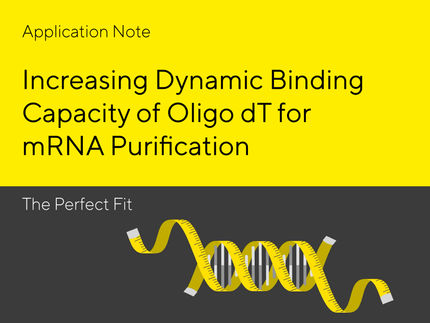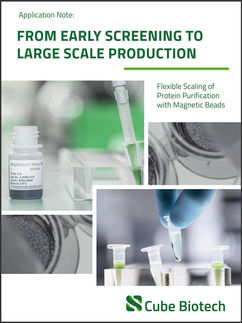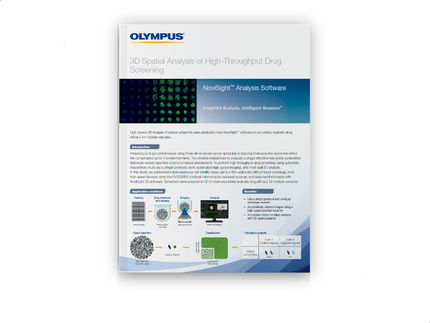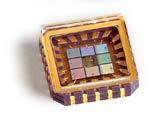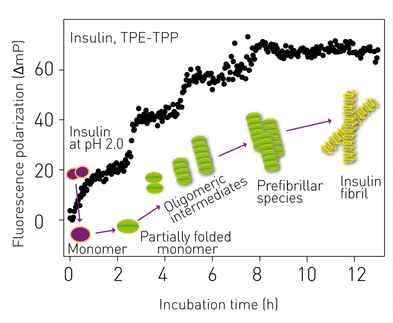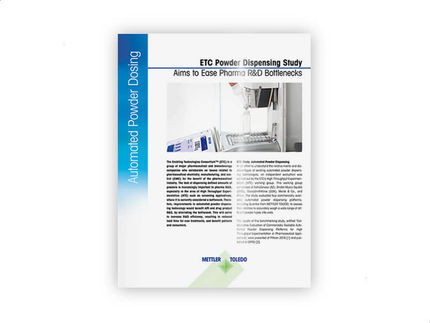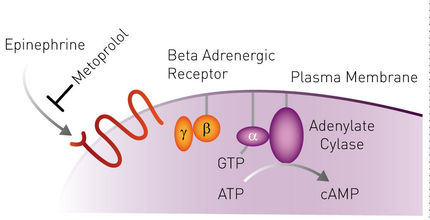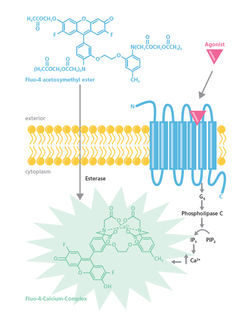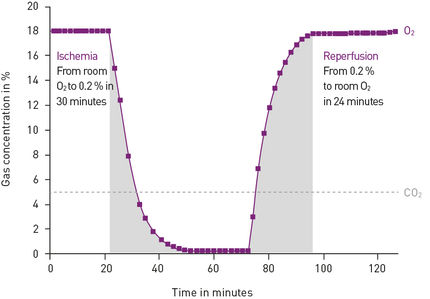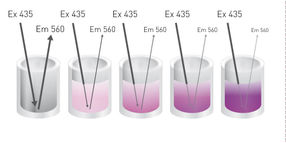
BMG Labtech
Miniaturization and Improved Throughput of the BCA Concentration Determination Method
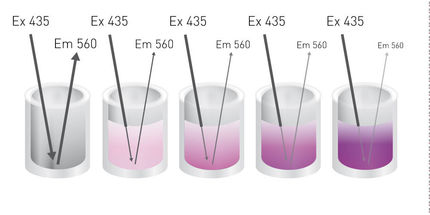
Determining total protein concentration is an accepted means of comparing and standardizing biological samples. The utility of protein concentration assessment extends to high-throughput screening platforms including proteomic and genomic applications. Ideally, the protein concentration determination should also be amenable to high throughput. Most protein determination assays use absorbance measurement detection which is difficult to minimize for higher throughput.
Previously, it has been reported that colorimetric assays, including the bicinchoninic acid (BCA) protein assay, can be performed in white plates using fluorescence detection. The method exploits the inherent fluorescence of white plates. In presence of an absorbing solution, the inherent fluorescence is quenched and the decrease in fluorescent signal can be used to measure colorimetric assays. This principle was employed to miniaturize the BCA protein quantification assay down to 384- and 1536- well plates.
Advertisement
White Paper classification
White papers on related topics
Products on related topics
Manufacturers of similar products
See the theme worlds for related content
Topic world Protein analytics
Protein analytics provides a deep insight into these complex macromolecules, their structure, function and interactions. It is essential for discovering and developing biopharmaceuticals, understanding disease mechanisms, and identifying therapeutic targets. Techniques such as mass spectrometry, Western blot and immunoassays allow researchers to characterize proteins at the molecular level, determine their concentration and identify possible modifications.

Topic world Protein analytics
Protein analytics provides a deep insight into these complex macromolecules, their structure, function and interactions. It is essential for discovering and developing biopharmaceuticals, understanding disease mechanisms, and identifying therapeutic targets. Techniques such as mass spectrometry, Western blot and immunoassays allow researchers to characterize proteins at the molecular level, determine their concentration and identify possible modifications.



